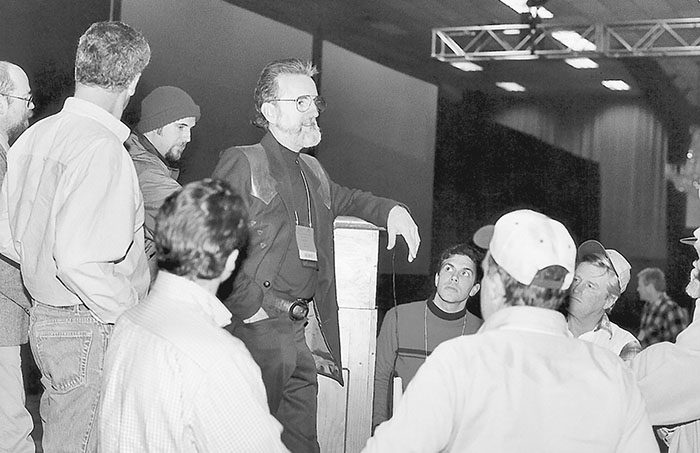American Farriers Journal
American Farriers Journal is the “hands-on” magazine for professional farriers, equine veterinarians and horse care product and service buyers.

NO BEST WAY. Equine vet Ric Redden tells Bluegrass Laminitis Symposium attendees that he finds serious concerns with traditional club foot treatment methods.
Since there are varying types of club feet, Ric Redden saw the need for developing a meaningful grading scale that would lead to customized treatment strategies.The Versailles, Ky., equine veterinarian told participants at the recent Bluegrass Laminitis Symposium in Louisville, Ky., that while a counter-pull mechanical treatment plan can be effective on low-grade club feet, it often creates a devastating sequence of events. In fact, he has found that the three basic treatment plans often used to minimize the high-heel-no-toe-growth syndrome found with club feet each have concerns.
Redden says a grade 1 or 2 club foot is often found in foals as young as 1 month, although it is normally 4 or 5 months before a noticeable problem is detected.
“Newborn foals that have a significant deep flexor contraction are often up on their toes or even knuckled over with the more severe contraction,”…